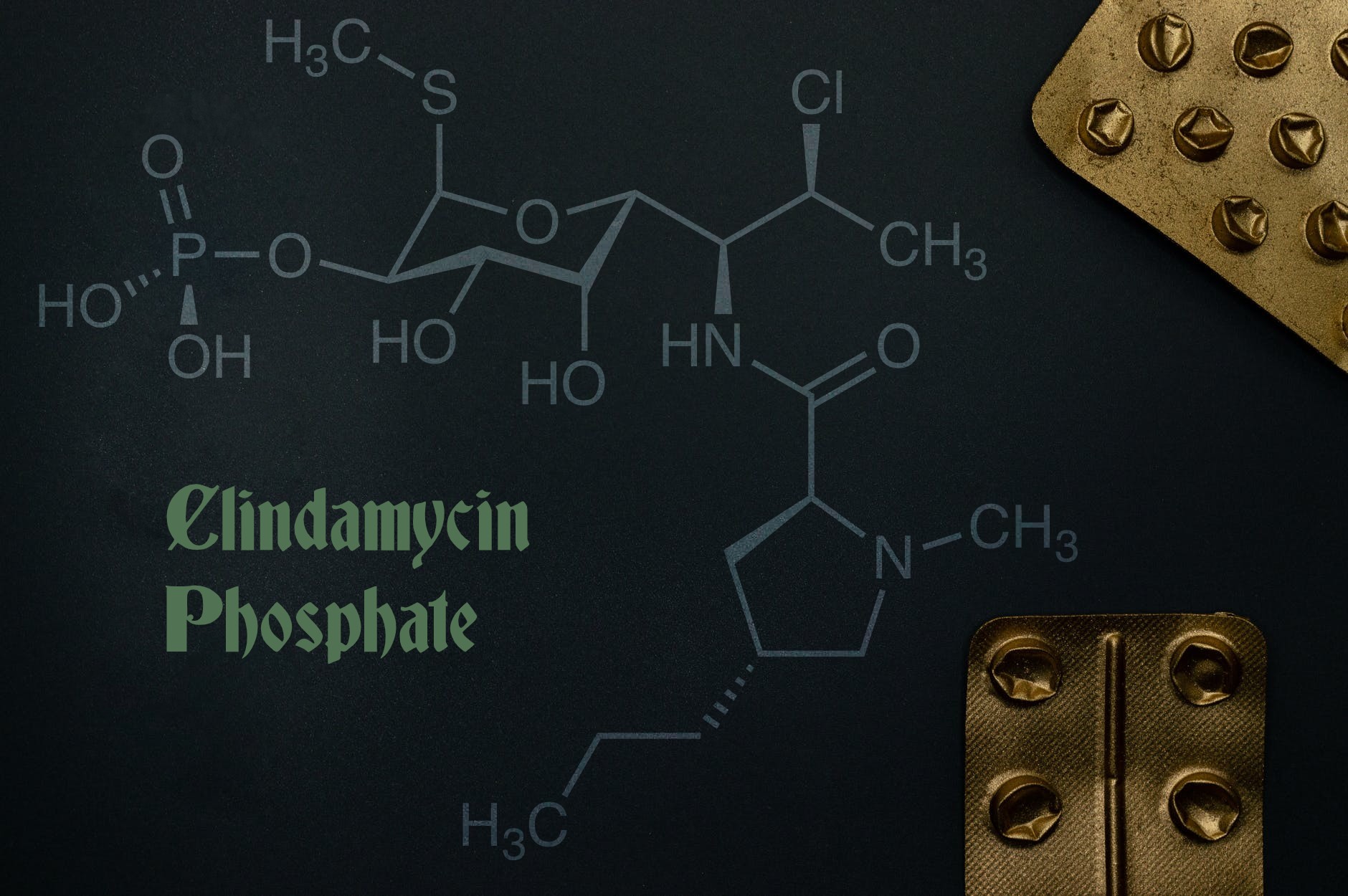Table of Contents
What is Clindamycin Phosphate?
Clindamycin Phosphate is a lincosamide antibiotic. It is used on the skin to break or stop the growth of certain bacteria that cause acne.
This medicine can use for other purposes. Ask your doctor or chemist if you have any questions.
Clindamycin phosphate topical solution is available in generic form. Common side effects of clindamycin phosphate topical solution include:
- Skin Burning Or Itching,
- Dry Skin,
- Skin Redness,
- Oily Skin,
- Skin Peeling,
- Stomach Upset, Or
- Abdominal Pain.
You can also Submit Post with Query “Acne Scars Write For Us”
Common Brand Names: Cleocin T, ClindaMax
Apply a thin layer of topical clindamycin phosphate solution or use a compress (pad) of topical clindamycin phosphate solution on the affected area twice a day. More than one promise can be used if necessary. Discard used pads and wash your hands thoroughly after applying. The topical clindamycin phosphate solution can interact with other neuromuscular blockers.
There may be other drugs that can interact with the topical clindamycin phosphate solution. Let your doctor know about all prescription and over-the-counter medicines that you are taking. The topical clindamycin phosp 1% lotion solution should only be used during pregnancy if prescribed. It is not known if the topical form of this drug excreted in breast milk. Oral forms of clindamycin excreted in breast milk. Ask your doctor before breastfeeding.
Our Topical Clindamycin Phosphate Solution Side Effects Drug Center provides a comprehensive overview of the information available on possible side effects when taking this drug.
Uses:
This medicine is used to treat acne. Helps reduce the number of acne lesions. Clindamycin is an antibiotic that halts the growth of bacteria.
How To Use:
Use this medicine only on the skin. First, clean and dry the affected area. Follow all directions on the product packaging or use as directed by your doctor. When using the lotion, shake the bottle well before use. Usually, apply a thin layer of medicine twice a day or as directed by your doctor. If you are using the medical pad or swab, carefully apply it to the affected area and then discard it. More than one swab or pad may require depending on the size of the area treated. If you are exploitation the foam, apply it to the affected areas once a day.
You can also Submit Post with Query “Lotions Write For Us”
Use enough to protect the whole affected area. Do not spray the foam directly on your hands or face as the foam will begin to melt on contact with hot skin. Instead, spray the required amount directly onto the lid or a cold surface, e.g. B. a counter. If the can seems desirable or the foam appears runny, place the can under cold water. Refer to your pharmacist’s patient information brochure for specific instructions on how to use the foam and ask for information that is not clear.
Wash your hands after use. Avoid contact with eyes, nose, mouth or skin injuries. If you accidentally get medicine in these areas, flush them well with plenty of cold water. It can take 2-6 weeks for your condition to improve and up to 12 weeks for you to see the full benefits. Let your doctor know if your situation doesn’t get better or if it gets worse.
Precautions:
Before using this clindamycin, tell your doctor or druggist if you are allergic to it. Or lincomycin; or if you have other allergies. This product may contain inactive ingredients that can cause allergic reactions or other problems. Consult your pharmacist for more details. Formerly using this medication, tell your doctor or pharmacist your medical history, particularly of: chronic asthma or hay fever (atopic conditions), intestinal diseases (such as ulcerative colitis, enteritis, Clostridium difficile associated diarrhoea). This medicine should only use if clearly necessary during pregnancy. Discuss the risks and profits with your doctor. It not identified if the drug in this product passes into breast milk. Even though there have no reports of harm to infants, consult your doctor before breastfeeding.
Storage:
Storage instructions vary by product. Instructions for storing your product can find in the product packaging or ask your pharmacist. Do not freeze or halt or store in the bathroom. Keep all medications and tablets out of reach of children and pets. Do not flush medicines down the drain or toilet unless directed to do so. Dispose of this product properly when it has expired or is no longer needed. Contact your pharmacist or a local waste disposal company.


